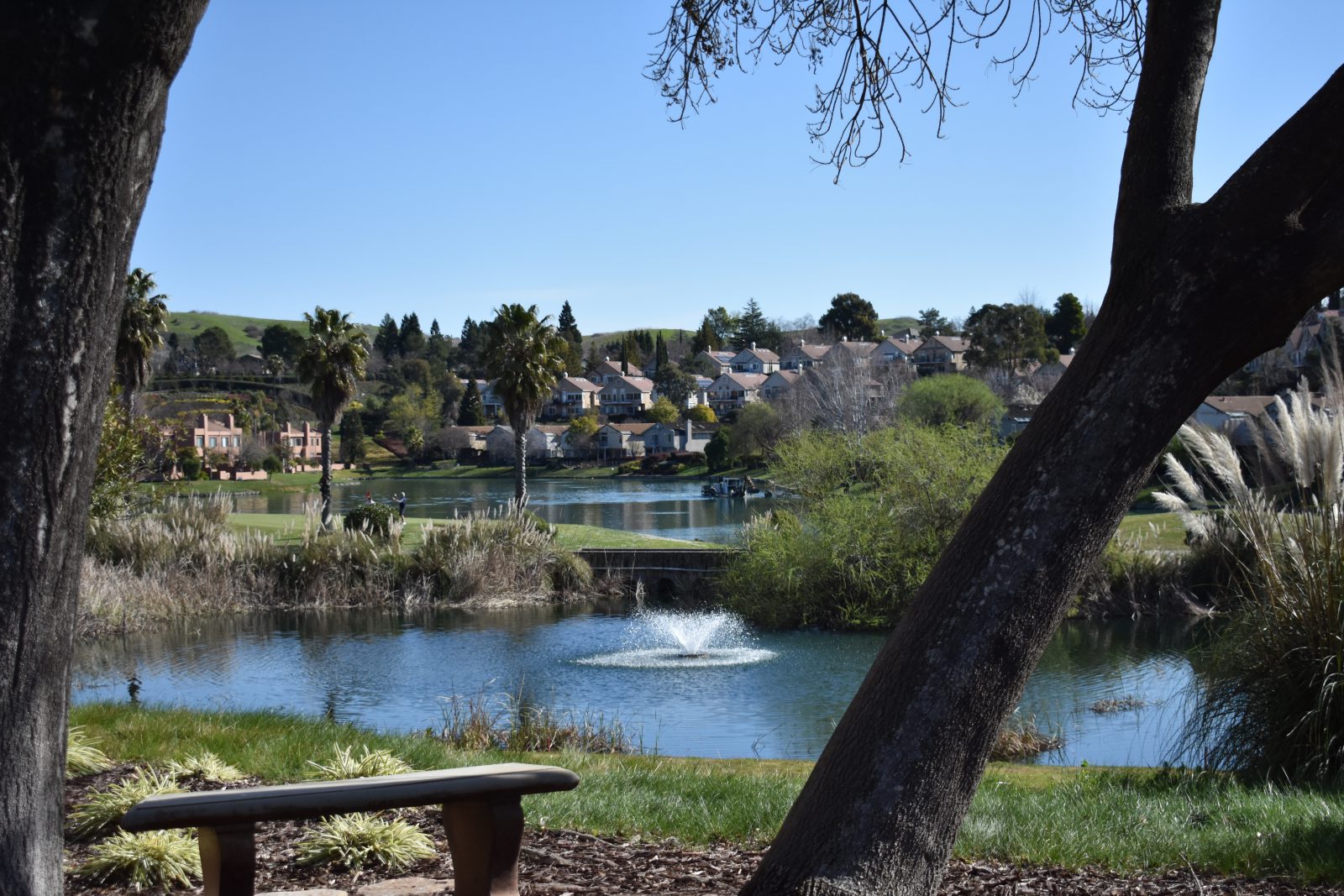
Pond Management Safety Checklist: Have You Crossed Off These 5 Items?
Lakes and ponds are highly valued in our communities for stormwater collection, fishing, swimming, boating, and spending quality time with family and friends. We rely on the health, functionality and beauty of our freshwater resources for long-lasting happiness. As we connect with nature around these systems, it’s still important to remember the seriousness of safety. In addition to standard safety tools, like lifejackets, first aid kits, fencing, and posted signage, there are also considerations when it comes to addressing the maintenance needs of your community lake or pond.

#1: Identify & Prevent Toxic Algae
While it is natural to see some harmless algae in lakes and ponds, not all forms are safe. Cyanobacteria, sometimes known as blue-green algae, can produce harmful toxins that have been known to kill fish, wildlife, dogs, and other animals. Likewise, scientists believe that exposure to these toxins can contribute to the development of neurological diseases, including Parkinson’s and Alzheimer’s. Before swimming, fishing or spending time around the water, it’s important to make sure dangerous cyanobacteria are not present.
Regular water quality assessments can help ensure your waterbodies are safe for the whole family to enjoy. Professional testing can be used to not only identify the presence of toxins but also uncover water quality imbalances that may be fueling cyanobacteria development. With this knowledge, you can work with a professional lake manager to design a proactive lake and pond management plan that helps prevent future harmful algal blooms.
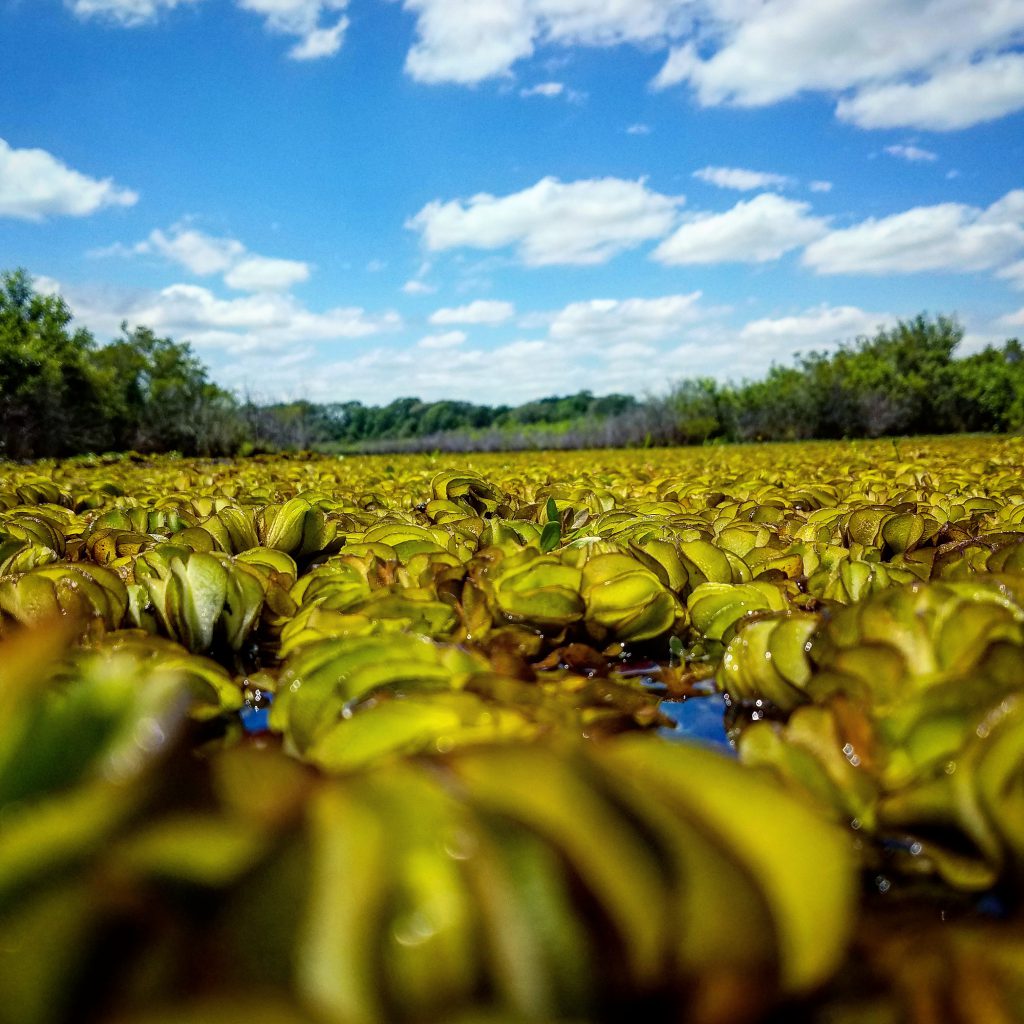
#2: Identify & Remove Invasive Aquatic Weeds
Lakes and ponds are robust ecosystems home to an abundance of aquatic plant life. Unfortunately, the spread of invasive species in recent years has led to an increase in nuisance weeds within our freshwater environments. Common aquatic weed species include milfoil, water chestnut, hydrilla, torpedograss, giant salvinia, and many others. In addition to displacing native wildlife, these plants can entangle swimmers, boat propellers, and fish hooks. They can also clog important stormwater equipment.
The best way to prevent the growth of invasive lake and pond weeds is through proactive management and community education. Consider sharing identification techniques with neighbors and make a point to check boats and recreational equipment for invasive weed fragments before entering the water. If an infestation is already present, aquatic herbicides may be required to manage the growth. Luckily, advanced herbicide technologies have made invasive species control more efficient, more sustainable and longer-lasting.
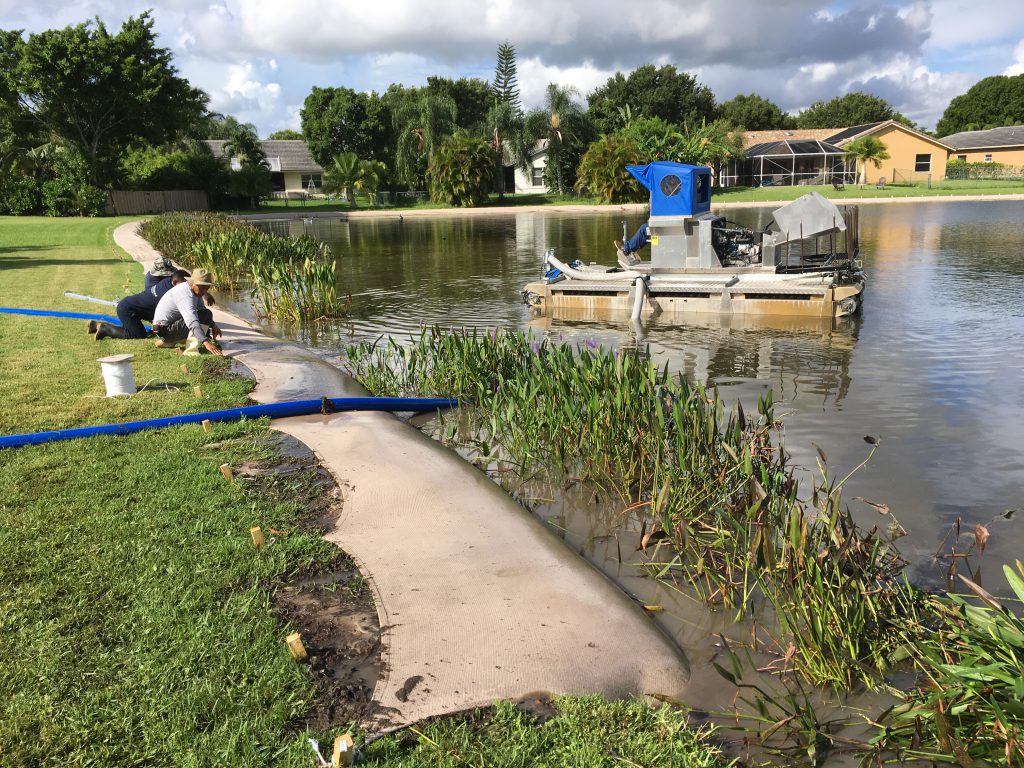
#3: Restore Eroded Shorelines
No matter the health of your lake or pond, a poor shoreline can prevent you from truly enjoying the waterbody. Shoreline problems are generally caused by erosion, which can result from excessive stormwater runoff, tree root growth, the presence of nuisance species, or, simply, overuse. No matter the cause, shoreline erosion can be dangerous for individuals using your lake or pond. Erosion issues can also cause sediment build-up in the waterbody, reducing the depth and causing the development of muck.
Prevention is the most effective way to help avoid harmful erosion issues. Introducing a beneficial buffer of native plants and grasses can help stabilize sediment, slow stormwater runoff and filter pollutants. By allowing these buffers to grow around 18 in tall and 3-5 ft from the shoreline, communities can also help prevent geese and other nuisance species from congregating along the shoreline. For existing shoreline damage, bioengineered living shorelines using a knitted mesh system can be installed to reshape and protect property along the water’s edge, while seamlessly integrating into the surrounding landscape. These systems are eco-friendly, patented, and will not rip or lose integrity over time.
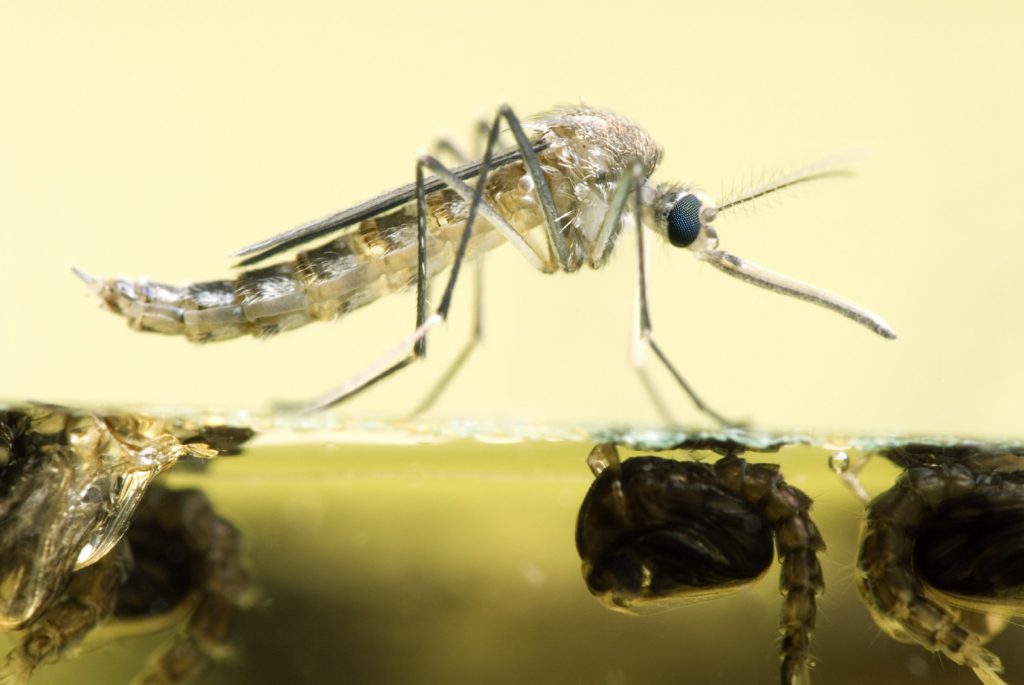
#4: Manage Mosquito Populations
Spending time on the water at sunset is one of life’s great pleasures, but these peaceful experiences can be completely interrupted by mosquitoes. Mosquitoes are not just an irritating distraction, they can carry diseases like West Nile Virus, Dengue, Zika, and others in various regions of the country. While these occurrences are rare, they can still be deadly.
Luckily, there are a variety of preventative measures to reduce mosquito populations around your water resources. Because mosquito populations breed in stagnant water, it can be extremely beneficial to introduce a fountain or aeration system to encourage circulation of the water. Likewise, minnows or mosquitofish can be stocked to consume their eggs before they hatch. And if you maintain a native shoreline buffer (like we talked about before!) you’re more likely to attract beneficial dragonflies that feed on the adult mosquitoes. Finally, if you still need a supplemental solution after taking these proactive management steps, eco-friendly larvicides can be applied by a professional to achieve more consistent control.
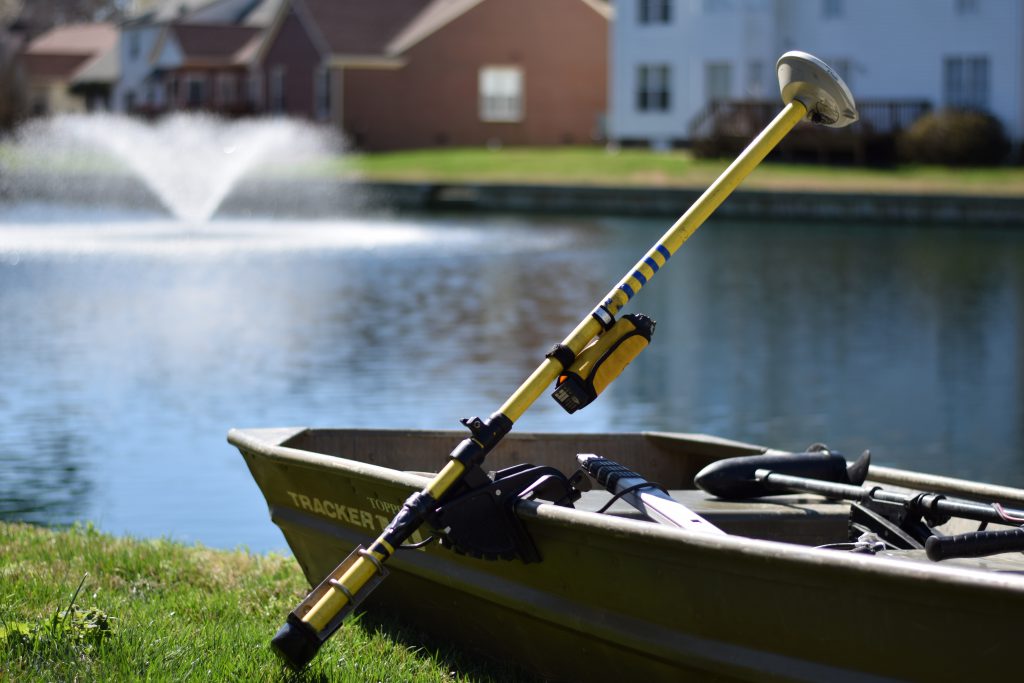
#5: Be Aware Of The Structures Below Your Water
A lot can be going on below the surface of the water. Beyond invasive plants and muck, your waterbody could contain large tree branches, trash, and other debris. Likewise, your lake or pond may have structures that were intentionally placed there when the pond was built, including stormwater equipment or fish habitat. Depending on how long you’ve utilized your waterbody, you may or may not be aware of these structures. Due to potential safety concerns, it’s important to understand where they are located and how they could impact experiences in or around the water.
Bathymetric mapping is a highly effective technique to identify bottom structures and debris. Using satellite or GPS sensing technology, an aquatic management professional can create a 3D model of the bottom. Depending on the findings and your goals, a number of options are available to clear the bottom. Mechanical hydro-rakes can be used to scoop up muck and tree branches for outside disposal. Fisheries management professionals can also safely remove unwanted fish habitats. And if stormwater equipment is in disrepair, a professional can be called in to ensure it is in proper working condition to help reduce danger and flooding.
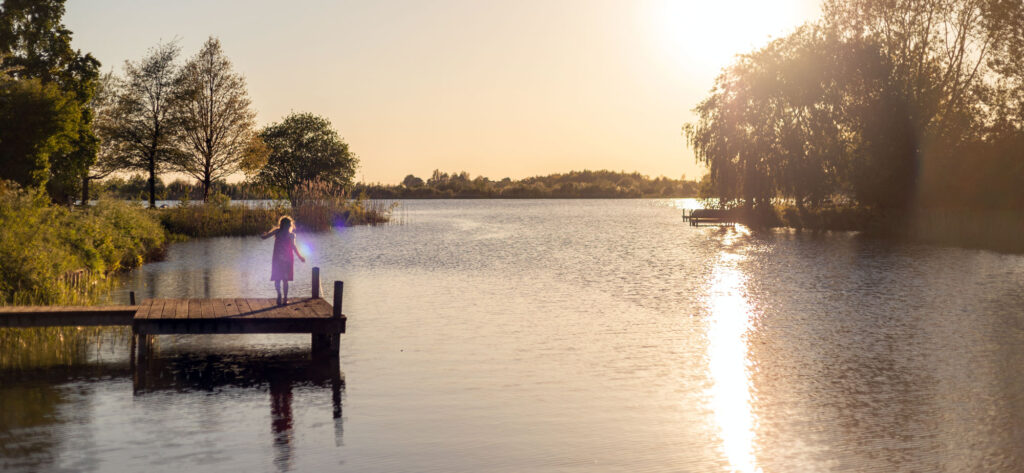
Keep Your Lake & Loved Ones Safe
Water is something that everyone uses and values, but it can still pose dangers. Don’t miss the opportunity to maximize your enjoyment by ensuring your freshwater ecosystem is as healthy and safe as possible. With this peace of mind, you can focus on making treasured memories in, on, and around your waterbody with friends, family, and the surrounding community.
Maintain Beautiful, Safe Water
SOLitude Lake Management is a nationwide environmental firm committed to providing sustainable solutions that improve water quality, enhance beauty, preserve natural resources and reduce our environmental footprint. SOLitude’s team of aquatic resource management professionals specializes in the development and execution of customized lake, pond, wetland, and fisheries management programs that include water quality testing and restoration, nutrient remediation, algae, and aquatic weed control, installation and maintenance of fountains and aeration systems, bathymetry, shoreline erosion restoration, mechanical harvesting and hydro-raking, lake vegetation studies, biological assessments, habitat evaluations, and invasive species management. Services and educational resources are available to clients nationwide, including homeowners associations, multi-family and apartment communities, golf courses, commercial developments, ranches, private landowners, reservoirs, recreational and public lakes, municipalities, drinking water authorities, parks, and state and federal agencies. SOLitude Lake Management is a proud member of the Rentokil Steritech family of companies in North America.









